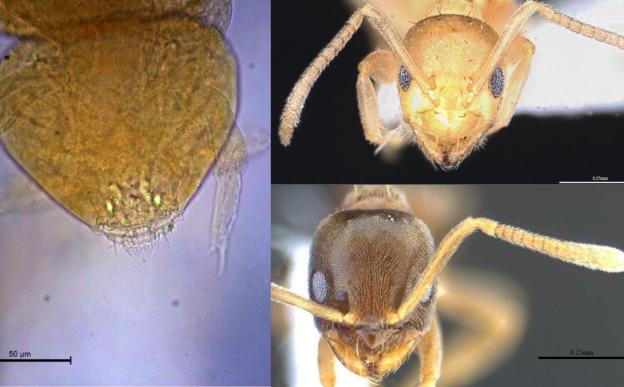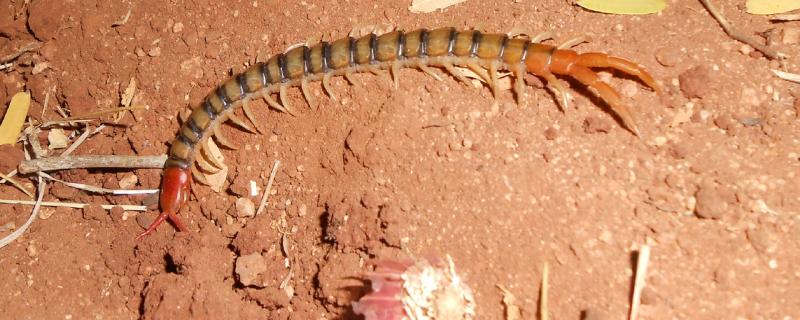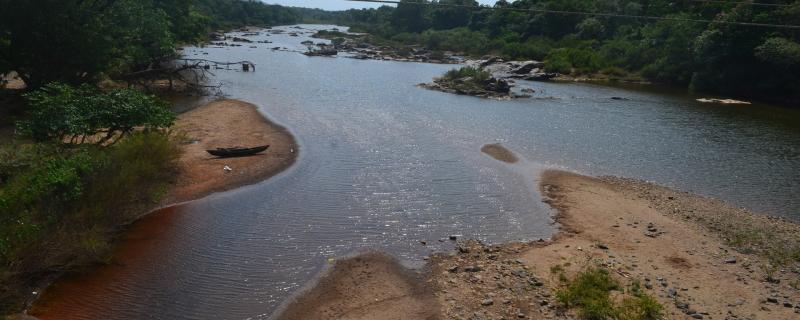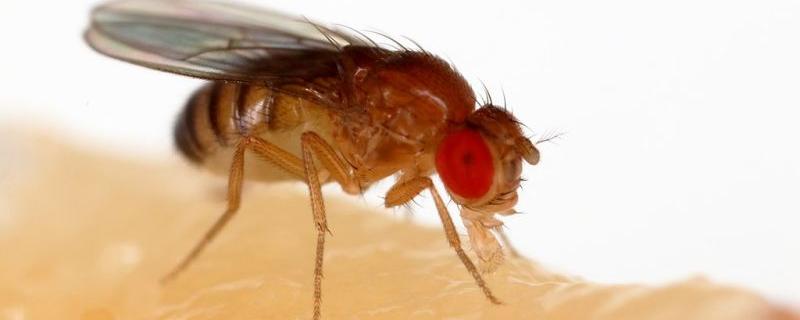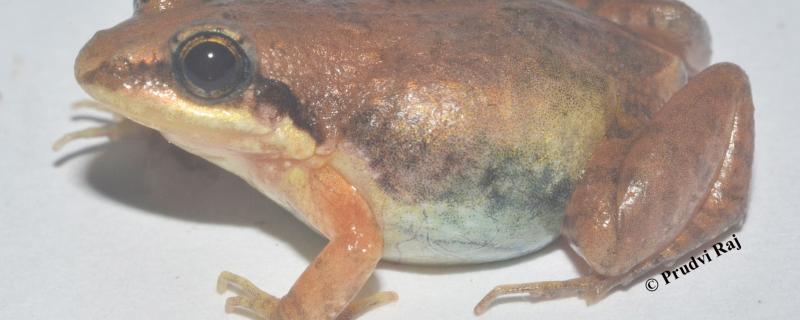Researchers from the Ashoka Trust for Research in Ecology and the Environment (ATREE), have analysed how climate change could affect the habitats of the Nilgiri Tahr in the years to come.
Three new species discovered in the Himalayas: a new springtail from Sikkim and 2 new ants from Assam.
Sikkim/
